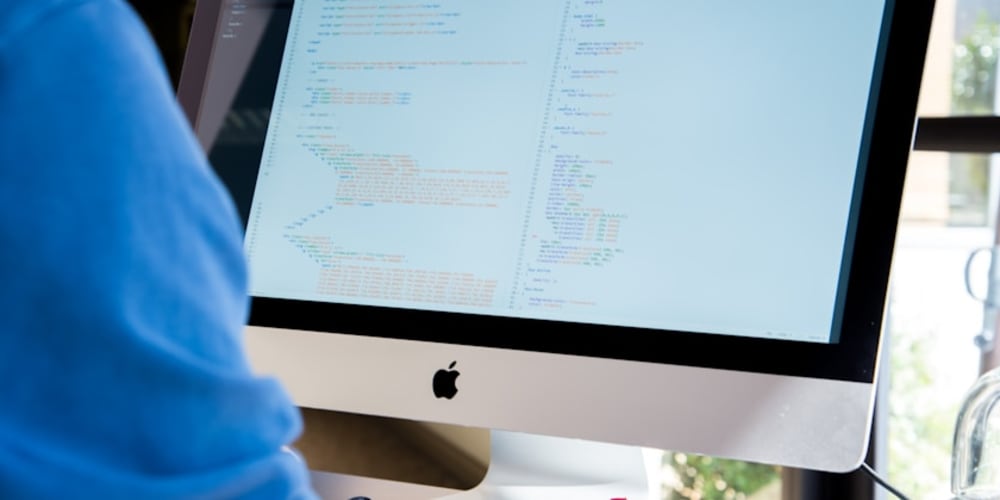In Theory: Self-Correcting Software - Part 2
Introduction
In the first part of this series, we explored the concept of self-correcting software, a futuristic vision of software that can identify and rectify its own errors. We discussed the motivations behind this ambition, ranging from reducing development costs to improving system resilience. Now, in this second part, we dive deeper into the core concepts and techniques driving this vision, exploring the theoretical foundations and practical possibilities.
The Building Blocks of Self-Correction
The foundation of self-correcting software rests on a combination of advanced concepts from various fields:
1. Artificial Intelligence (AI): AI plays a crucial role in detecting anomalies and errors in software behavior. Machine learning algorithms, especially deep learning, can be trained on vast datasets of software performance metrics, allowing them to identify patterns indicative of errors.
2. Formal Verification: This technique uses mathematical methods to formally prove the correctness of software code. While traditionally limited to smaller programs, advancements in formal verification tools and techniques are enabling its application to larger and more complex systems.
3. Self-Healing Systems: Drawing inspiration from biological systems, self-healing software focuses on automatic recovery from errors. This involves redundancy, fault tolerance, and mechanisms to automatically detect and isolate faulty components.
4. Runtime Monitoring and Analysis: Software monitoring tools collect real-time data on system performance, resource usage, and user interactions. This data can be analyzed to detect unexpected behavior and potential errors, triggering corrective actions.
5. Dynamic Analysis: This approach involves analyzing the software's behavior during execution, allowing for identification of errors that may not be evident in static analysis. Techniques like fuzzing and symbolic execution can be used for dynamic analysis.
Techniques for Self-Correction
Several promising techniques are being explored to achieve self-correction in software:
1. Self-Adaptive Systems: These systems can dynamically adjust their behavior in response to changing environments and user needs. By continuously monitoring their performance and adapting their code, self-adaptive systems can potentially resolve errors arising from unforeseen conditions.
2. Model-Based Self-Correction: This approach involves creating a formal model of the software's behavior. Any deviation from the model is considered an error, triggering corrective actions. Model-based self-correction provides a rigorous framework for ensuring consistent and predictable behavior.
3. Reinforcement Learning (RL): RL algorithms allow software agents to learn from their interactions with the environment, including errors and unexpected situations. This learning process enables them to develop strategies for avoiding errors and adapting to new scenarios.
4. Evolutionary Algorithms: These algorithms simulate natural selection, allowing software to evolve and improve over time. By iteratively generating and evaluating new solutions, evolutionary algorithms can optimize the software's behavior and reduce the likelihood of errors.
5. Automated Code Repair: This technology aims to automatically fix bugs in software code. By analyzing the error and the surrounding code, automated repair tools can suggest patches that resolve the issue.
Practical Examples and Case Studies
While self-correcting software is still in its early stages, there are already examples demonstrating its potential:
Self-Healing Data Centers: Google's self-healing data centers automatically detect and isolate faulty servers, ensuring continuous operation and minimizing downtime.
AI-powered Code Repair: Companies like DeepCode and Codota are developing tools that leverage AI to automatically detect and fix bugs in code, improving developer productivity and reducing the likelihood of errors.
Self-Driving Cars: The self-driving car industry heavily relies on self-correcting software to ensure safe and reliable operation. Advanced algorithms constantly monitor sensor data and adjust vehicle behavior to avoid accidents.
Challenges and Limitations
Despite the promise of self-correcting software, several challenges and limitations hinder its widespread adoption:
Complexity: Designing and implementing self-correcting software requires deep expertise in AI, formal verification, and software engineering.
Data Requirements: Training AI models for error detection and correction requires vast amounts of data, which can be challenging to collect and label.
Uncertainty and Complexity: Software systems are inherently complex, and unexpected interactions between components can lead to unpredictable errors. This complexity makes it challenging to predict and prevent all possible failures.
Security Concerns: Self-correcting software must be designed with security in mind to prevent malicious actors from exploiting vulnerabilities and causing unintended harm.
Human Oversight: While self-correcting software aims to automate error correction, human oversight is still crucial to ensure that corrections are appropriate and do not introduce new problems.
Conclusion
Self-correcting software represents a paradigm shift in software development, promising a future where software is more robust, resilient, and adaptable. While significant challenges remain, the advancements in AI, formal verification, and self-healing systems are paving the way for a more autonomous and intelligent software ecosystem. By embracing these technologies and addressing the associated challenges, we can unlock the full potential of self-correcting software, leading to more reliable, efficient, and user-friendly applications.
Best Practices for Designing Self-Correcting Software:
Define Clear Error Detection and Correction Criteria: Establish specific thresholds and metrics to trigger self-correction mechanisms.
Embrace Redundancy and Fault Tolerance: Incorporate multiple layers of redundancy and fault tolerance mechanisms to minimize the impact of errors.
Prioritize Safety and Security: Design self-correction mechanisms with security in mind to prevent malicious exploitation.
Ensure Human Oversight and Control: Maintain human control over the self-correction process, allowing for intervention and adjustments when necessary.
Invest in Continuous Monitoring and Analysis: Implement robust monitoring and analysis systems to detect and understand potential errors and their causes.
Promote Collaboration and Knowledge Sharing: Encourage collaboration and knowledge sharing among developers and researchers to accelerate advancements in self-correcting software.
This article has provided a comprehensive overview of the theoretical foundations and practical possibilities of self-correcting software. While challenges remain, the potential benefits of this technology are undeniable. By embracing these innovations and navigating the inherent complexities, we can pave the way for a future where software is smarter, more reliable, and capable of adapting to a rapidly changing world.


















